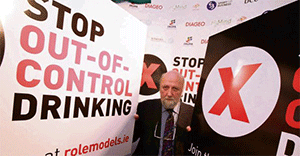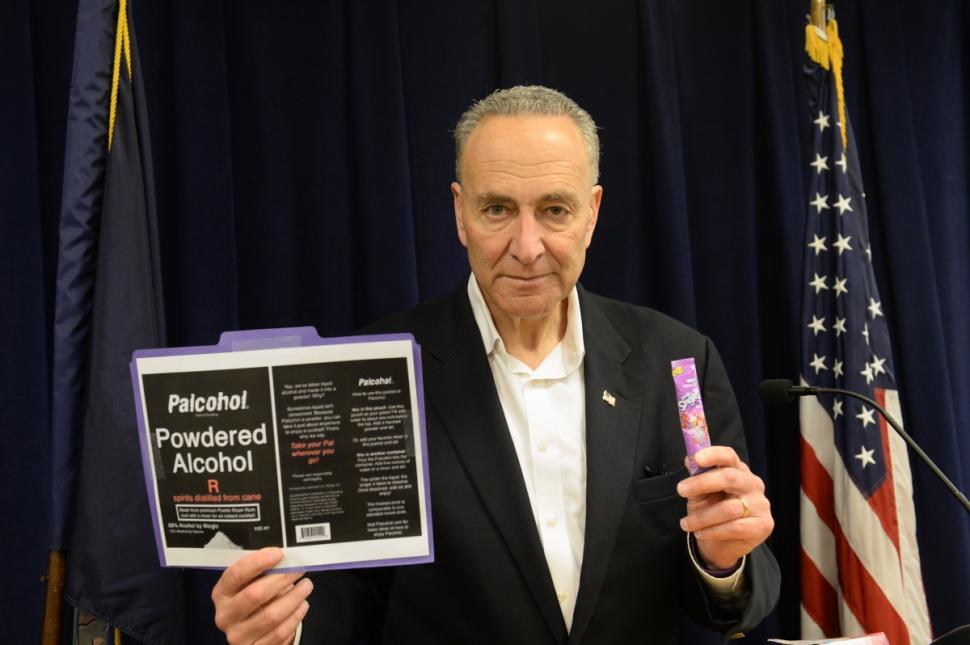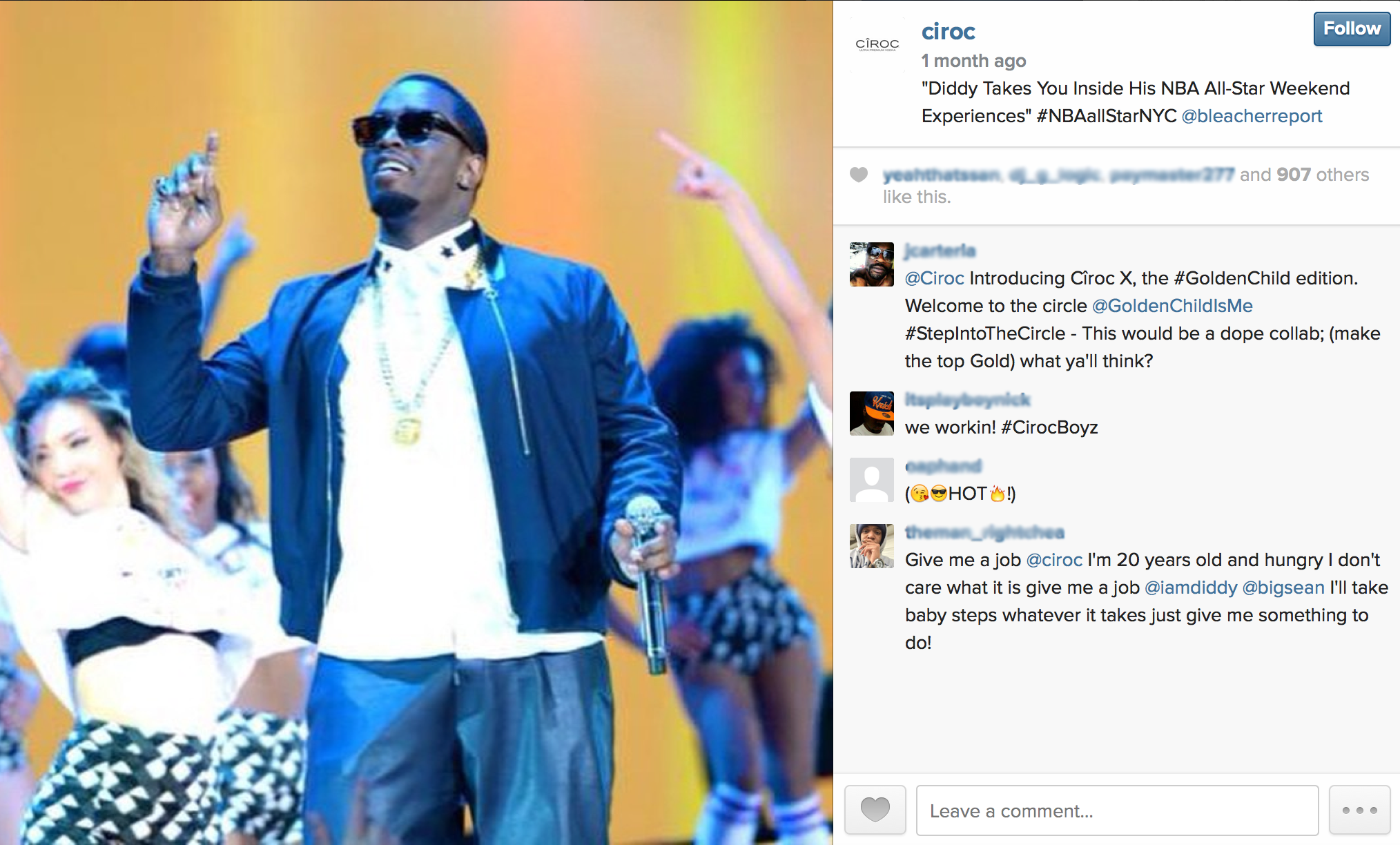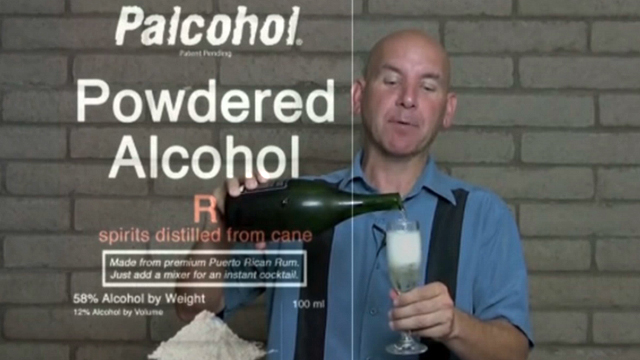In the Doghouse
Search
In the Doghouse
Another Social Responsibility Fakeout from Diageo
- Details
- Published: Wednesday, April 29 2015 10:42

Diageo recently heard from public health advocates in Ireland who pushed back, and hard, against the spirits-conglomerate-funded "Stop Out-of-Control Drinking" campaign. The spirits giant used its influence to dominate everything from:
- placing Diageo Ireland chief David Smith on the campaign's board;
- forcing edits to the official policy report;
- lobbying politicians on the report's contents before it was released; and refusing to support the government's plan for minimum pricing in Ireland.
The last item Diageo attempted to influence, minimum pricing, is an evidence-based intervention that expert public health researchers have concluded would be most effective to reducing alcohol consumption in the country. In protest, board members representing public health stepped down from the campaign and multiple organizations withdrew their support, citing the World Health Organization's position that industry should not have a place at the table in formulating public health policy, as it will only support weak alcohol policies favorable to its business interests that are unlikely to reduce harmful alcohol consumption.
After the enormous public pressure, Smith finally stepped down . But Diageo still sponsors the campaign, and advocates point out that the Diageo influence will certainly continue. The campaign is not likely to have much impact (if any) on reducing harmful drinking.
"Drink responsibly" campaigns are a win on every level for the alcohol industry. Such campaigns allow alcohol producers to blame youth, parents, and anyone but their own corporate actions for the staggering health and economic harm from alcohol products, while making alcohol companies look socially responsible. Until Big Alcohol is removed from the public health policy process, its ability to quash evidence-based policies that reduce alcohol related harm such as increased pricing/taxes, advertising and marketing restrictions, and reduced access and availability, will continue.
Palcohol: Easy-to-Mix Packets of Risk
- Details
- Published: Tuesday, March 31 2015 13:59
In March 2014 the U.S. Tax and Trade Bureau (TTB) approved, and then retracted approval of, labels for a powdered alcohol product called Palcohol. Powdered alcohol's many potential health risks (e.g. easy to conceal, snort, use to adulterate someone else's drink, mix with caffeinated beverages, mix with liquid alcohol, or mix with a small amount of liquid) immediately raised alarm among legislators and public health advocates across the country. Parents, medical professionals, and law enforcement voice concerns about the product making it easier to sneak alcohol into locations where it is illegal; Senator Charles Schumer (D-New York) dubbed it Kool-Aid for underage drinking.
Palcohol and Lipsmark LLC founder/owner Mark Philips reacted, and still reacts, by dismissing concerns and reasonable inquiries about the product's safety. Never mind that the Palcohol website originally promoted some of those same risks, before the media took notice of his product in early 2014 and the original web content was removed or revised.

U.S. Senator Charles Schumer has called for a ban on Palcohol,
dubbing it "Kool-Aid for underage drinking."
dubbing it "Kool-Aid for underage drinking."
Earlier this month the TTB approved labels for Palcohol a second time . To date, 6 states have banned powdered alcohol, 2 states have taken administrative/regulatory action to ban it, and at least 22 states have legislation pending that would ban it. Voicing disbelief that such a dangerous product could be approved in the first place, Senator Schumer called for federal legislation to ban Palcohol and other powdered/crystalline alcohol products.
Nevertheless, Philips says Palcohol will be on the market this summer - at least in states that have not banned powdered alcohol yet.
As we saw with caffeinated alcoholic beverages, states are well within their purview to ban alcoholic beverages that pose additional dangers to public safety and health. The 20+ states that have not yet taken action should move quickly to protect youth, and enact bans on powdered alcohol.
For legislative updates regarding dangerous products like Palcohol, see the AJ Legislative Activity page.
Diageo Targets Youth on Instagram
- Details
- Published: Wednesday, March 18 2015 10:43
March 17, 2015
Following in its own footsteps of the first alcohol/Facebook partnership, Diageo is now the first to bring alcohol advertising to youth on Instagram, courtesy of P Diddy and his Ciroc partnership. The 6-week Ciroc/Diddy/Instagram campaign includes a video with the potential to expose hundreds of thousands of underage youth to Ciroc.
Diageo claims it is targeting millenial consumers, but multiple market studies have documented Instagram's appeal to the youth demographic. Market research results have identified Instagram as the most popular social networking app among teenagers, noting that 76% of teens surveyed said they use Instagram; the same survey found that 38% said using Instagram would be a "favorable marketing channel to reach them." Why would Diageo dedicate part of its M&A budget to an Instagram campaign if it didn't want to focus on that particular audience?
Instagram is rated as appropriate for age 12+ on the Apple App Store. Ciroc's warning on its Instagram that users must be 21 or older to follow or view is false and misleading. Instagram users can access the Ciroc Instagram page and follow the brand without specifying their birthdate in their account. (Users can also sign up for an Instagram account, post photos, and follow/be followed without entering their birthdate into the system.) A quick glance at the Ciroc Instagram page shows a Ciroc follower who describes himself as 20 years old commenting on a photo of Diddy last month. This is just one of the many concerning examples. Diageo and P Diddy have already targeted youth of color by focusing on the NBA and hip-hop culture in Ciroc marketing.
As a mother of a 12-year-old whose friends all use Instagram, I find Diageo's blatant attempt to reach tweens and teens with alcohol marketing reprehensible. As noted previously, there is no meaningful recourse for parents who are concerned about Big Alcohol companies targeting their children. Industry guidelines allow companies to overexpose youth to targeted promotions. Alcohol industry trade groups such as the Distilled Spirits Council of the United States (DISCUS) write their own vague, subjective guidelines that pertain only to trade group members/funders and have nonexistent monitoring, enforcement, or penalties, and trumpet their dedication to safety.
Given the obvious Instagram youth demographic, Diageo appears to be violating its own code with its 6-week Ciroc campaign - leading the charge to target youth in the digital sphere.
See our reports on Why Big Alcohol Can't Police Itself: A Review of Advertising Self-Regulation in the Distilled Spirits Industry and Alcohol Promotion and Facebook .

More Articles ...
Help us hold Big Alcohol accountable for the harm its products cause.
| GET ACTION ALERTS AND eNEWS |
STAY CONNECTED    |
CONTACT US 24 Belvedere St. San Rafael, CA 94901 415-456-5692 |
SUPPORT US Terms of Service & Privacy Policy |
Copyright © 2024 Alcohol Justice. All Rights Reserved.
Joomla! is Free Software released under the GNU General Public License.



